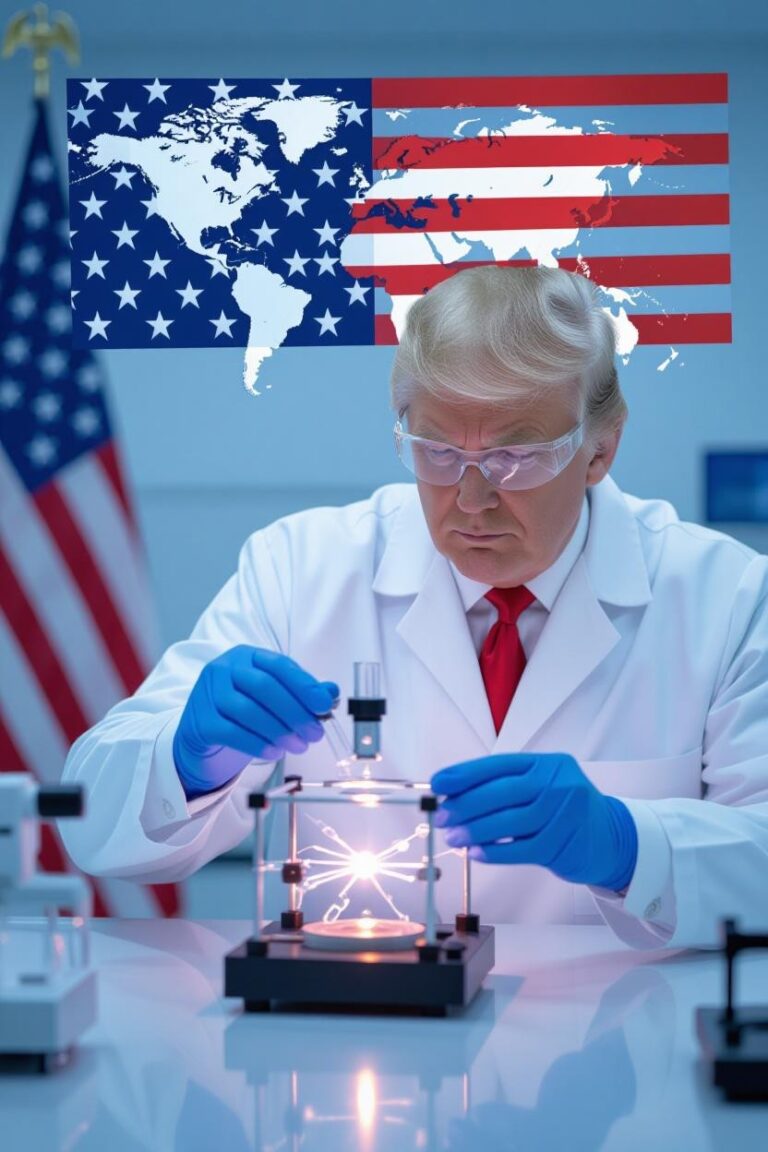Q-Next Has Come Far In Its Inaugural Year, How Far?
Q-NEXT, led by the U.S. Department of Energy’s (DOE) Argonne National Laboratory, brings together roughly 100 scientists at national labs, universities, and companies to carry out an ambitious mission: develop the science and technology to store and transmit quantum information, whether at distances as small as the width of a computer chip or as large as the distance between Chicago and San Francisco.





